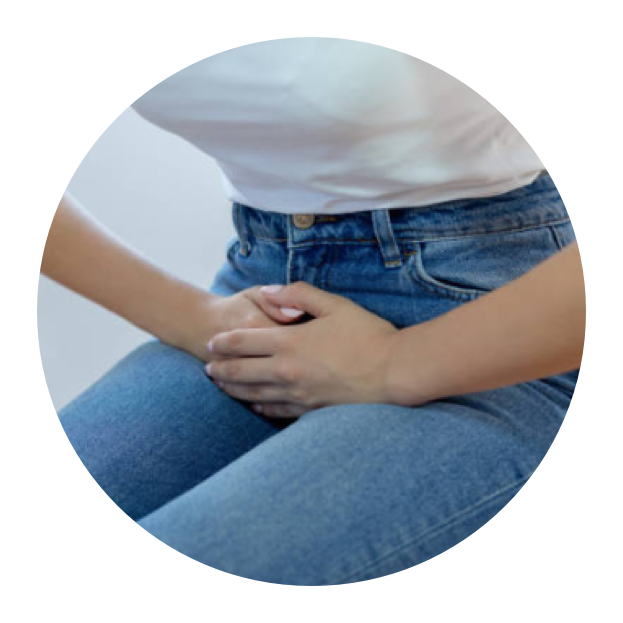How do they affect me?
Depending on their location within the uterus, fibroids can have different impacts on each woman:
When found on the outside of the uterus they may cause pressure on the bladder or bowel causing more frequent passage of urine, a bloating feeling or abdominal swelling.
When found on the inside of the uterus (the endometrial cavity) they often cause heavy menstrual bleeding.
When found within the wall of the uterus they may also have an impact on the heaviness of a menstrual period.
In general, other symptoms caused by fibroids can include:
Reduced fertility
Severe abdominal pain, especially if the blood supply to a fibroid is compromised.
